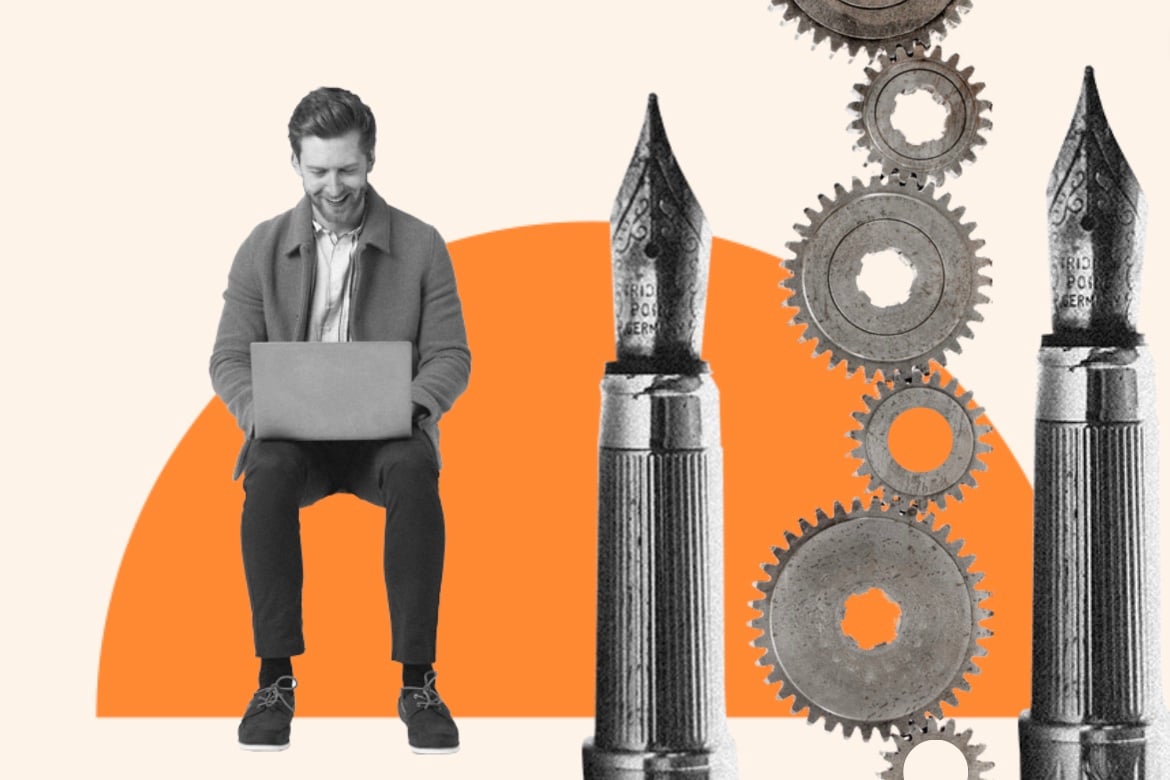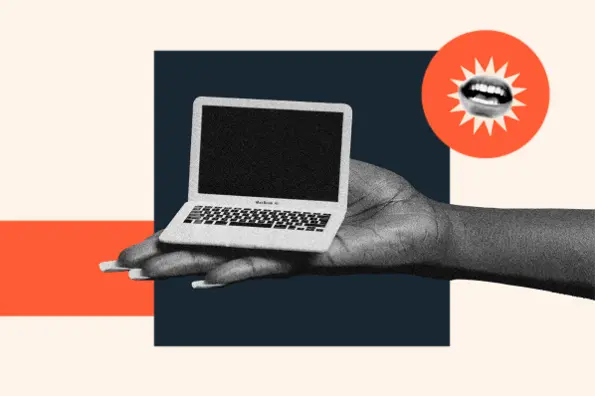As college students wrap up their first semester back, one thing is probably different this school year: The use of AI.
From personalized learning experiences to automated grading, AI could be the next big thing in higher education – but not without a fight.
Click Here to Subscribe to HubSpot's AI Newsletter
The State of AI in Education
The dialogue surrounding the emergence of AI in education is marked by a 50/50 mix of enthusiasm and caution.
While some universities have excitedly embraced AI-focused courses, curriculum, and programs to enhance the learning experience, others are hesitant to accept this new technology.
In an op-ed, Douglas Hofstadter, professor of cognitive science and comparative literature at Indiana University, writes: “I can’t imagine the cowardly, cowed, and counterfeit-embracing mentality that it would take for a thinking human being to ask such a system to write in their place.”
Hofstadter argues that this would be like “inviting machines to walk all over you.” And he’s not alone in his thinking.
In a survey of 386 Harvard faculty members, nearly half (47%) believe that artificial intelligence will have a negative impact on higher education.
For many professors, AI brings uncertainty. Will students use AI to cheat? Will it hinder learning? Is the information it produces reliable?
We don’t have all the answers, but data from Quizlet’s recent State of AI in Education Report does offer some valuable insights:
- Two thirds of students surveyed (67%) agree that AI helps them study faster or more efficiently.
- 73% of students said it helps them better understand the material.
- Students who say they study three or more hours per night were more likely to use ChatGPT or similar AI tech, suggesting that students aren’t using it as a shortcut but instead as a tool to further their learning.
- Nearly half of students (47%) say AI has a positive impact on their learning experience.
- Half of teachers surveyed said they’re excited or optimistic about AI in education, compared to only 39% of students.
- 49% of teachers say using AI has positively impacted their workload.
- Teachers are mostly using AI for research, lesson planning, information gathering, and classroom material preparation (tests and assignments).
These stats are further supported by student interviews conducted by The Conversation.
One student shared that AI has sharpened their thinking, expressing they’ve “developed critical thinking skills through critiquing its work.”
Another student said they view AI as the new Google.
“Let’s say you are new to a topic, you can ask ChatGPT questions and treat it as an interactive Wikipedia.”
Even with the excitement about its power, students aren’t afraid to acknowledge its limitations, with one student calling ChatGPT’s responses “quite abysmal.”
Meanwhile, on the teaching side:
Now, what does this hodge-podge of opinions all mean? Well, mainly one thing: AI in education is still new and early adoption always attracts non-believers.
As of September 2023, there are no state or federal regulations on the use of AI in the education space. This gives schools full reign to embrace it or reject it as they see fit.
How One Professor Uses AI in the Classroom
LizFontanella, faculty member and professor at Nashua Community College, has chosen to embrace AI in her work.
“AI is a new element in my classroom this year,” she says. “My intent is to share with students the power AI brings and to equip students with the tools to comprehend, challenge, and co-create with AI.”
A core focus for Fontanella, who offers courses in the Arts, Humanities, Communication and Design Department as well as Social, Educational and Behavioral Sciences Department, is arming students with the critical thinking skills needed to leverage AI effectively.
“The importance of prompt engineering will play a role as will a focus on the process,” she says. “I will be emphasizing the importance of accuracy and proper sources of any materials.”
Fontanella adds that AI will become a part of the classroom experience and as professors, it’s their job to ensure its use is rooted in critical thinking.
In addition to experimenting with prompts and outputs, Fontanella is also planning discussions and exercises in her “Mass Media and Politics” class that look into the role artificial intelligence plays in politics.
“AI’s powers of political persuasion and possible fraud will be front and center of our discussion,” she says. “Students will spend time discussing how to critically analyze what we will see as we move into the next presidential election.”
What about cheating? Fontanella says it’s a concern for many of her colleagues, however she chooses to focus on the benefits.
“When calculators were adopted into the classroom there was such doom and gloom from many teachers saying ‘Students won’t learn math,’” she says. “Well, now we know that was not the case – it is a tool.”
The Future of AI in Education
While AI in education is still in the exploratory stage, early research suggests it can empower students both in and out of the classroom.
As a student myself, AI is that one thing I wish I had while I struggled in silence during my academic career. It has the potential to nurture creativity and curiosity, aid research collection, and grant access to wealth of knowledge without a hefty tuition fee.
The question is, will it deliver? As we wait to find out, educators and students alike will continue to navigate its opportunities and shortfalls and can anticipate regulation to create more guardrails.


![Which LLM Should You Use for Your Business? [Pros and Cons]](https://www.hubspot.com/hubfs/which%20llm%20to%20use.png)

![Is it Real or AI? Test Your Detection Skills [Round 4]](https://www.hubspot.com/hubfs/real%20or%20ai%204.png)



![Which AI Tool Writes the Best Marketing Copy? [I Tested Several Different Tools]](https://www.hubspot.com/hubfs/Untitled%20design%20%2842%29-1.jpg)


